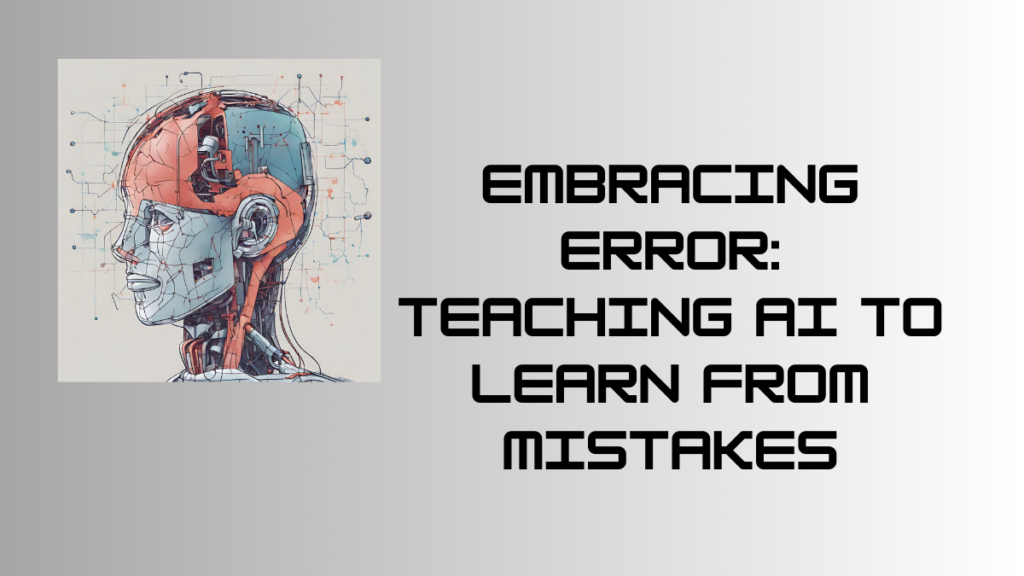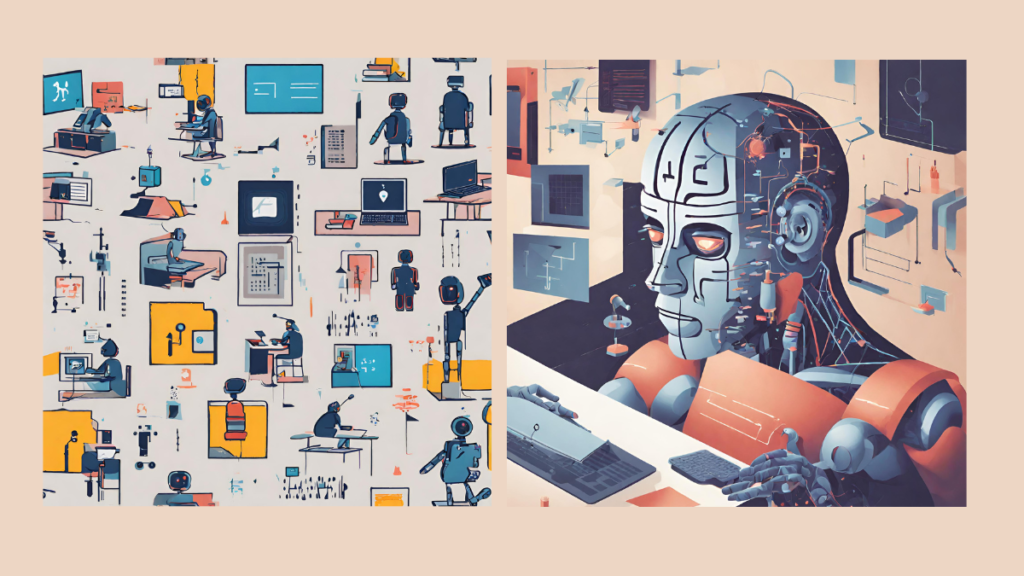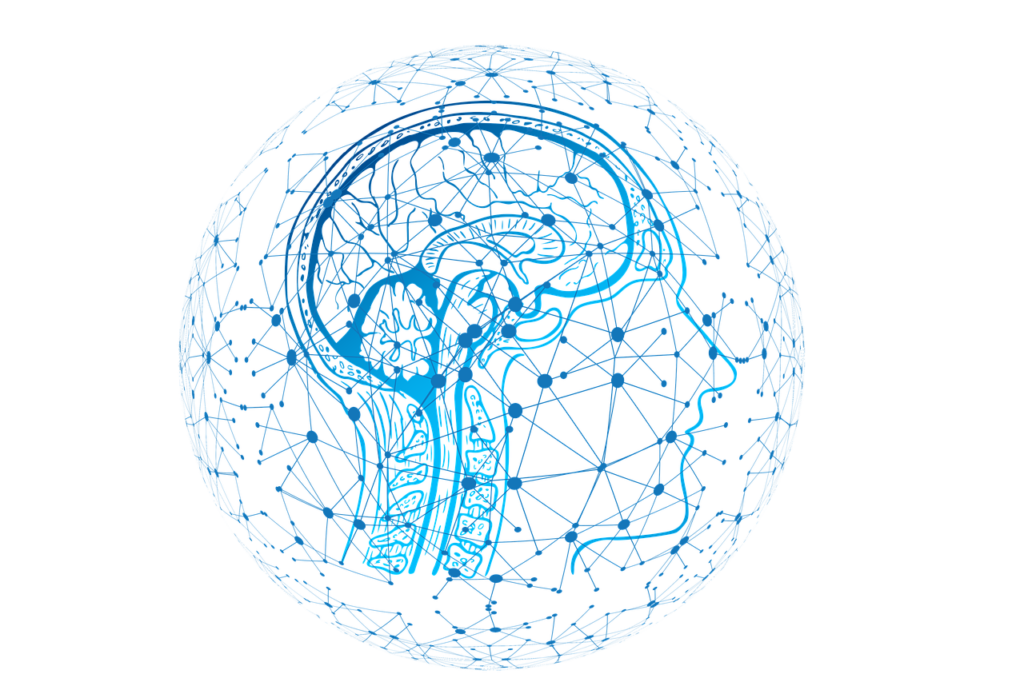
Introduction
Artificial Intelligence (AI) and machine learning represent transformative technologies that decipher complex patterns within massive datasets to predict outcomes and make decisions. Traditionally, these systems are honed during training phases to minimize errors—an approach ingrained in their developmental fabric. Yet, this method primarily focuses on achieving accuracy rather than exploring the instructive power of errors themselves.
The Role of Errors in Learning
Humans have a markedly different approach to learning. We often gain the most profound insights and develop the most innovative strategies through our mistakes. This iterative learning process allows us to adapt and evolve. Similarly, if AI could be taught to learn from its errors, it might not only mimic human learning more closely but also achieve a more nuanced understanding of the environments it is designed to navigate.
How AI Can Learn from Mistakes

One avenue through which AI can harness the power of mistakes is through reinforcement learning. This branch of machine learning involves systems that learn to make decisions by engaging in a process of trial and error, receiving feedback, and adjusting actions based on the consequences of those actions. Furthermore, adversarial examples provide a robust framework for AI training. These are deliberately engineered inputs that challenge the model’s assumptions and decision-making processes, thereby enhancing its ability to handle real-world unpredictability.
Case Studies and Examples
Consider the realm of autonomous vehicles: these systems refine their navigation and decision-making skills significantly when exposed to and learning from navigational errors under varied road conditions. Similarly, research into AI systems designed to learn from failures—such as those deployed in dynamic pricing models or predictive maintenance—demonstrates substantial improvements when these systems are allowed to err and adapt.
Challenges and Considerations
The path to creating AI that effectively learns from its mistakes is fraught with challenges. Key among these is the risk of AI internalizing incorrect or harmful behaviors from misinterpreted errors. Moreover, the ethical implications of such learning processes are significant, especially in scenarios where AI decisions may lead to adverse outcomes. Who is accountable when an AI’s learned error causes harm?
Future Perspectives
Looking forward, the capability for AI to learn from mistakes could redefine the trajectory of AI development, fostering systems that are not only more robust and adaptable but also intrinsically intelligent. Such advancements, however, necessitate continued research and a rethinking of traditional AI training paradigms to fully realize the potential of error-based learning.
The journey towards AI systems that effectively learn from their mistakes while managing the associated risks and ethical considerations represents a bold new frontier in artificial intelligence research. This not only promises to enhance AI’s adaptability and resilience but also aligns it more closely with the fundamental human condition: learning through failure.
Human Error vs. AI Error
Understanding the distinctions between human and AI errors is crucial for advancing AI learning methodologies. Human errors often stem from cognitive biases, emotional states, and physical limitations. Conversely, AI errors typically arise from flaws in data quality, algorithmic biases, or limitations in the model’s design. While human errors can sometimes be corrected through cognitive strategies or training, AI errors require systematic adjustments in the underlying algorithms or data sets.
Humans are generally adaptable and can apply lessons learned from errors in one domain to problems in another domain. AI, however, often lacks the ability to generalize learning across different contexts without specific programming. This fundamental difference underscores the challenge in teaching AI to learn from mistakes in a manner analogous to human learning.
AI Challenges in the Real World
The deployment of AI in real-world scenarios introduces a multitude of challenges, particularly related to the diversity and unpredictability of real-world data. AI systems trained in controlled environments often struggle to adapt to novel situations not represented in their training data. For instance, an AI trained in clear weather conditions might fail to recognize traffic signals in foggy conditions, leading to errors that could have serious consequences.
Moreover, AI systems must be robust enough to handle attempts at manipulation or situations that exploit their known weaknesses. For example, adversarial attacks involve subtle modifications to inputs that cause AI systems to err in ways that are unexpected and often difficult to predict.
Scalability and Continual Learning
Another significant challenge is scalability and the necessity for continual learning. As environments evolve and new types of data emerge, AI systems must continuously update and refine their models to maintain their effectiveness. Unlike humans, who naturally adapt to changes over time, AI systems require structured updates and retraining.
Ethical and Societal Implications
Ethical considerations also play a critical role, particularly in terms of accountability and transparency. Decisions made by AI can have lasting impacts on individuals and communities, such as those related to surveillance, judicial decisions, or healthcare. Ensuring that AI systems do not perpetuate existing biases or introduce new forms of discrimination is paramount.
As we progress in teaching AI to learn from its mistakes, these challenges must be addressed with innovative solutions and vigilant oversight. Embracing error within AI development not only promises enhanced capabilities but also aligns AI technologies more deeply with societal values and ethical standards, paving the way for more responsible and adaptive AI solutions.
Can AI Remember the Error and Avoid It?
AI systems have the capability to “remember” errors and avoid them in future scenarios through various machine learning techniques. This memory is not like human recollection but rather a technical adjustment in the model’s parameters. For instance, through techniques like reinforcement learning, an AI system updates its strategy based on the feedback received from previous errors. This process involves adjusting weights within the neural network, essentially encoding the error into the model’s behavior to prevent similar mistakes.
AI with Control vs. AI without Control
AI with Control
AI systems with control are typically operated under strict guidelines and oversight, ensuring that their actions are predictable and within defined parameters. This setup is crucial in high-stakes environments such as healthcare or autonomous driving, where errors can have serious implications. Controlled AI is closely monitored to ensure compliance with safety and ethical standards, and interventions are possible if the AI behaves unexpectedly.
AI without Control
Uncontrolled AI operates with greater autonomy and less oversight. While this can lead to increased efficiency and the ability to discover novel solutions or patterns, it also raises significant risks. Without stringent controls, AI systems might develop undesirable behaviors or make decisions that are difficult to understand or predict, especially if they are self-learning and adaptive. This autonomy can lead to scenarios where AI actions are misaligned with human values or intentions.
Can AI Create a Smaller or Better Version of Itself?
The concept of AI creating smaller or better versions of itself touches on the ideas of recursive self-improvement and automated machine learning (AutoML). Recursive self-improvement refers to an AI system’s ability to iteratively improve its algorithms, potentially leading to the creation of more advanced versions of itself without human intervention. This concept is both fascinating and controversial, as it suggests a path toward rapidly increasing AI capabilities, potentially exceeding human intelligence.
AutoML, on the other hand, focuses on automating the process of applying machine learning to real-world problems. This includes optimizing a model’s architecture, tuning hyperparameters, and even proposing novel model designs. AutoML can generate more efficient, smaller versions of AI models that perform better or consume less resources, which is especially useful in deploying AI on edge devices with limited computational power.
Implications of Self-Improving AI
The ability of AI to create or refine versions of itself raises profound questions about control, ethics, and safety. Ensuring that such systems remain aligned with human goals and ethical standards is crucial. Researchers in the field of AI safety are actively exploring frameworks and algorithms to manage and guide the development of self-improving AI, aiming to harness its benefits while mitigating potential risks.
In summary, the evolution of AI capabilities, particularly in learning from mistakes and potentially improving itself autonomously, requires careful consideration and robust oversight to ensure that these advancements benefit society while minimizing risks.

Tech Enthusiast & Knowledge Sharer
I am a passionate technologist dedicated to demystifying the world of networking, cloud computing, and automation. Focusing on simplicity and practicality.
I believe in breaking down complex concepts into understandable and actionable insights.



